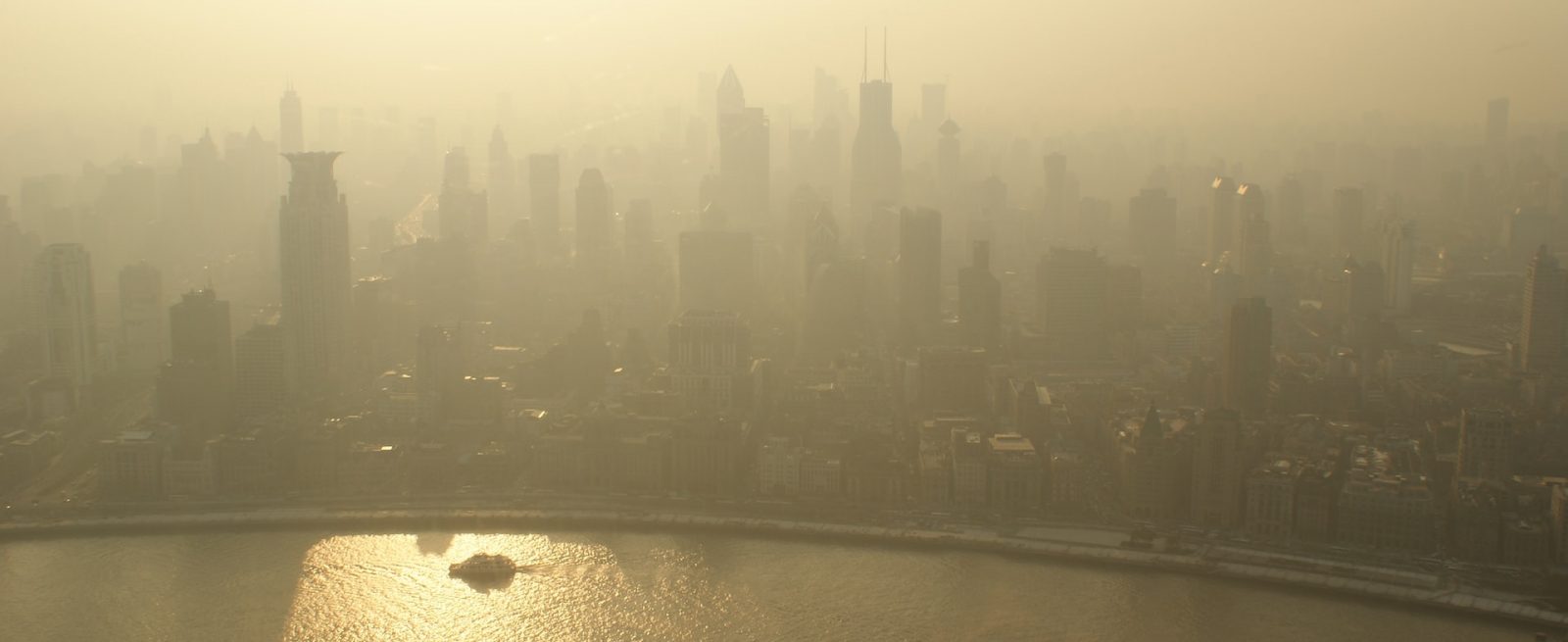Rising Above the Smoke: Four Tips for Restaurants Navigating Wildfire Smoke (and Other Unpredictable Weather)
3 Min Read By Scott Youkilis
As much as everyone loves a margarita or cool glass of lemonade on a restaurant patio, nature sometimes has other ideas. As we’re seeing with the Canadian wildfires shrouding much of the Midwest and east coast with layers of air pollution, extreme weather—including wildfire smoke—can create dangerous situations for your staff and guests. And with climate change making extreme weather events more likely, restaurants will continue to face a higher risk of supply chain disruptions and physical property damage.
While you can’t necessarily predict when an earthquake, flash flood, or poor air quality will force you into scramble mode, you can be prepared by controlling your response to these moments of uncertainty. Here are 4 tips to help you ensure your restaurant is ready the next time Mother Nature strikes.
1. Awareness Is Empowerment
Depending on where you’re located, certain types of extreme weather are more likely, so start there. For example, if you’re near a coast that experiences flash floods, stock up on sandbags and waterproof containers so you don’t need to rush for a bunch of emergency supplies at the last minute. If you’re in an area affected by wildfires, even the residual smoke plumes, be ready with masks for your staff and air-filtration units indoors.
Next, make sure you’re staying up to date. In past generations, our counterparts had to rely on a farmer’s almanac to predict the weather. Thankfully, modern weather forecasting and extreme weather warnings systems are incredibly accurate, making it easy to stay informed. For wildfires and other types of air pollution, check reliable resources like the EPA’s Airnow.gov.
With the most up-to-date weather forecasts at your fingertips, you’ll get a better sense for when you should prioritize indoor dining or pivot to other dining options such as takeout and delivery.
2. Prioritize Safety for Everyone
The safety of your guests and staff should be your top priority, especially when you can literally see the changes in the air quality right in front of you. To prioritize everyone’s safety, create a plan that outlines the basic protocols for different weather situations and scenarios. Cover everything you deem necessary, from protocols for poor outdoor air quality days to evacuation routes and methods of communication for more serious events. These plans should be included as part of your staff training, particularly for managers, and be readily available on site.
Beyond the usual methods of contact with your staff, you can also utilize labor management software to adjust employee schedules and help keep everyone informed when weather events strike. Some software even lets you send out automatic alerts and mass communication to staff so there’s no need to individually contact everybody—helping you act quickly.
3. Modify Operations to Maintain Business
Nobody wants to slow their restaurant operations down and lose revenue, even for a half day. Like the other areas of preparedness, you can mitigate lost sales by being ready to pivot your operation temporarily.
- When wildfire smoke or cold weather forces you to shut down outdoor dining areas, move things inside. Even better, capitalize on the moment and attract more guests by extending happy hour or advertising a pricing special.
- Lean into first party online ordering to increase orders for pickup and delivery, with the ability to pace orders based on kitchen capacity. Just remember to update your online ordering page if your kitchen is closing earlier than expected.
- If you’re short-handed because weather prevents employees from getting to work, consider switching to QR ordering or empowering your servers to cover more tables with handhelds.
All that said, don’t be “that guy” on TV who refuses evacuation orders and has to be rescued by first-responders. If local authorities or weather alerts tell you to evacuate or close down, do what they say, for the safety of you, your team, and your guests.
4. Keep Your Customers Up-to-Date
Once you’ve decided on a course of action that changes your operations, be sure to let your guests know across every communication channel at your disposal.
- If you have a mailing list, send an email to guests outlining changes. It’s an easy way to let your regulars know about modified hours, limited operations, or specials.
- Share an update across all your social media channels. Same as with your email, let your followers know what the scoop is.
- Update your Google Business Profile if you’re modifying your business hours. If you get a lot of traffic from Yelp or other review sites, be sure to also temporarily update your hours on those sites.
- If you take reservations, use your waitlist and reservation system to inform guests about any changes.
Keeping your guests in the know will help insure their safety, as well as your staff’s, and ensure everyone’s expectations are set appropriately. While you can’t control the weather, with the right planning, team, and technology, you can control the messaging and the guest experience you create.


